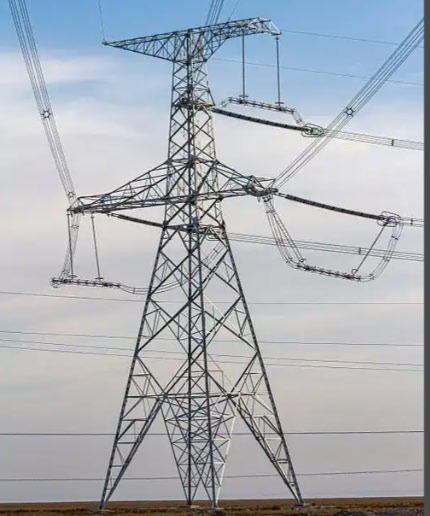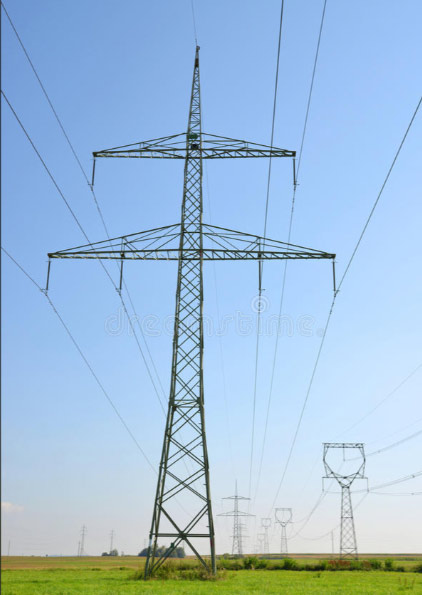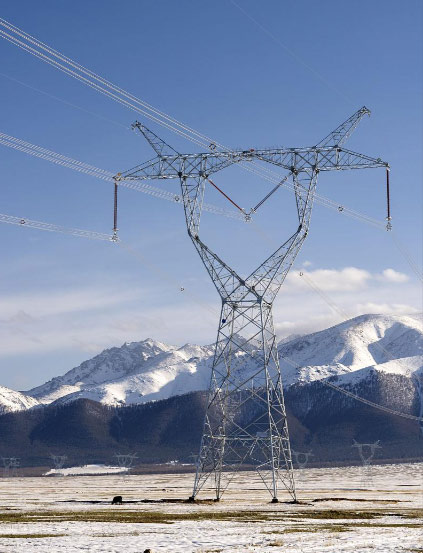- English
- Español
- Português
- русский
- Français
- 日本語
- Deutsch
- tiếng Việt
- Italiano
- Nederlands
- ภาษาไทย
- Polski
- 한국어
- Svenska
- magyar
- Malay
- বাংলা ভাষার
- Dansk
- Suomi
- हिन्दी
- Pilipino
- Türkçe
- Gaeilge
- العربية
- Indonesia
- Norsk
- تمل
- český
- ελληνικά
- український
- Javanese
- فارسی
- தமிழ்
- తెలుగు
- नेपाली
- Burmese
- български
- ລາວ
- Latine
- Қазақша
- Euskal
- Azərbaycan
- Slovenský jazyk
- Македонски
- Lietuvos
- Eesti Keel
- Română
- Slovenski
- मराठी
- Srpski језик
High Voltage Transmission Tower: Detailed Explanation of Structural Features, Uses and Protection Measures
I. Analysis of the Tower Structure
1. Main Frame: Composed of high-strength steel through welding or bolts, ensuring structural stability;
2. Conductor Support: Responsible for fixing the transmission lines and maintaining the insulation distance between phases;
3. Insulation Devices: Preventing potential safety hazards caused by current transmission through the tower body;
4. Lightning Protection Devices: Reducing the risk of lightning strikes by setting up grounding wires.

II. Practical Functions of the Tower
1. Core Function: Stabilizes the erection of high-voltage lines, ensuring efficient power transmission;
2. Protective Performance: Capable of withstanding disasters such as hurricanes, earthquakes, and thunderstorms;
3. Maintenance Convenience: The high voltage transmission tower design is conducive to inspection and quick handling of faults.

III. Safety Protection of the Tower
1. During the design phase, it is necessary to comprehensively assess extreme climates and geological conditions to ensure the structural resilience;
2. During operation, regular structural integrity inspections should be conducted to eliminate potential risks;
3. Enhance public awareness of protecting power facilities to reduce human damage.

As a key node of the power network, the rational design, efficient operation, and strict protection of high voltage transmission towers are of decisive significance for maintaining the stability of the power grid.



